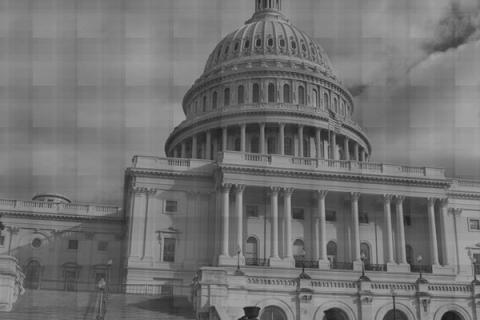Are Independents “a confused and clueless horde,” who are “more myopic than moderate” and characterized above all else by their “thoughtlessness”? These are just a few of the claims put forward in an anti-Independent hit piece published this week in The New Republic.
In “The Trouble with Independents,” Georgetown history professor Michael Kazin argues that Independent voters are “a clueless horde” on the basis of an “impression” gleaned from a single survey and report by the liberal research group Democracy Corps, which sought to gauge public opinion on Republican and Democratic arguments in the ongoing budget debate. In his analysis of the survey, Kazim focuses in on an apparently puzzling result: a majority of respondents agree with both Republican and Democratic talking points. He emphasizes that “by a margin of over 20 points, voters agree,” with the Republican party’s statements concerning Paul Ryan’s budget plan, but that “by slightly higher percentages, they also agree with the Democrats” in their criticism of Ryan’s plan.
Yet, things are not as clear cut as this simplistic and deceptive juxtaposition would make them appear. Respondents to the survey were not asked if they agree with the Republican talking points. They were asked if they found individual statements to be a “convincing reason to support the plan” proposed by the GOP. Nor were they asked if they agree with the Democratic party’s talking points. Rather the survey inquired whether the Democratic talking points “raise doubts” about the Republican plan.
What the survey found is that Independents were swayed against the Republican plan by the arguments tested in the poll. At the outset, Independents said they favored the GOP plan 55% to 26%. However, after being presented with the information provided in the survey, they ended up opposing it 50% to 43%. For the professor from Georgetown, such a change in opinion is apparently unacceptable. He states that such a result might indicate "a desire to give each group of partisans the benefit of the doubt. But I think it demonstrates a basic thoughtlessness."
The scholarly gentleman fails to mention, however, that Democrats and even Republicans also shifted against the plan over the course of the survey. At the outset, 19% of Democrats stated that they favored it and 59% said they opposed it. Asked again later, only 7% said they favored it and 88% opposed it. Among Republicans, 76% initially supported it, with 10% opposed. In the end, 63% supported it and 26% opposed it.
The survey states outright that the description of the plan and the information provided in the survey “dramatically shifts the debate,” thus demonstrating the effectiveness of the arguments it tested for the Democratic party. Initially, 48% favored the plan and 33% opposed it. At the end, 51% opposed it and 44% favored it.
In The New Republic, Kazin concludes that Independents are wholly responsible for the apparent inconsistency in the study and the swing in the results.
“Since avowed Republicans and Democrats line up consistently behind whichever arguments come from their side, it is the independents who are responsible for the contradictory results: Almost 50 percent agreed first with the GOP positions, and then, with those of the other party,” he states.
It is extremely revealing that, for Kazin, being persuaded by a specific line of argumentation in a lengthy survey is an indication of thoughtlessness, while reactively lining up behind whatever statements are put forward by one’s own “side” is a sign of deliberative political engagement.
Arguably, Kazin’s conclusion just does not follow from the data provided by the study. Other explanations for the shift in opinion over the course of the survey are entirely possible, and perhaps even more likely. At the outset of the survey, about 20% of respondents were unsure what their position was on the GOP’s budget plan, including roughly 20% of Democrats, 20% of Independents and 15% of Republicans. At the end of the survey, just 5% still had no opinion on the matter. This simple difference, by itself, could very well account for three-quarters of the shift against the GOP plan.
Furthermore, even if one were sympathetic to the professor's position, it would still have to be considered rather dubious since Independents were underrepresented in the sample that formed the basis for the study. Kazin does not mention that only 23% of its respondents were Independent whereas the two previous polls conducted by Democracy Corps were more in line with the national average, according to which Independents account for 28% of likely voters.
Reconsidering Kazin’s initial point, however, is it really so surprising that a majority of likely voters might agree with Republican and Democratic talking points? When Republicans state that Democrats are dishonest and out of control, and Democrats say that Republicans are reckless and hypocritical, who could disagree? Fortunately, many of us in the “independent horde” need not rely on an impression gleaned from a single survey by a partisan research outlet to draw conclusions regarding the thoughtlessness and myopia of the Democratic and Republican parties. Democrats and Republicans provide us with new evidence to support our considered judgment in that regard on a daily basis.

